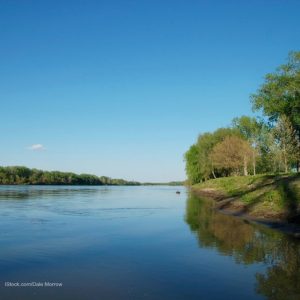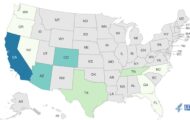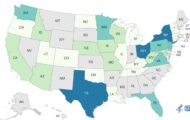Studies by the Agriculture Research Service (ARS) have found that in some parts of California, E. coli and other bacteria found in local waterways come from urban runoff, not from animal production facilities. Cows are often the source of E. coli when it is found in rivers and lakes.
 Scientist Mark Ibekwe and colleagues collected 45o sediment and water samples from 20 sites in the California Santa Ana River Watershed. E. coli bacteria were extracted from the samples. They identified 600 different isolates of E. coli. The greatest variety of different types of the bacteria were found in runoff discharged from areas dominated by urban development. Ibekwe stated, “there’s only so much a municipal water treatment plant can do. There are 11 water treatment plants that discharge into the middle Santa Ana River in our study area, and that discharge makes up 90 percent of the summer flow.”
Scientist Mark Ibekwe and colleagues collected 45o sediment and water samples from 20 sites in the California Santa Ana River Watershed. E. coli bacteria were extracted from the samples. They identified 600 different isolates of E. coli. The greatest variety of different types of the bacteria were found in runoff discharged from areas dominated by urban development. Ibekwe stated, “there’s only so much a municipal water treatment plant can do. There are 11 water treatment plants that discharge into the middle Santa Ana River in our study area, and that discharge makes up 90 percent of the summer flow.”
The bacteria survive in water and sediment because of nutrients in the water that come from manure and runoff from residential areas. Most of the E. coli strains were nonpathogenic, but bacterial counts in the Santa Ana River Watershed exceed US EPA water quality standards. The presence of the bacterium is an indicator of water quality.
Ibekwe said, “I think this is our most important finding – that E. coli populations in urban runoff are more genetically diverse than E. coli populations in agricultural runoff.” The range of different antibiotic-resistant E. coli isolates suggests that government officials may need to increase their database of E. coli fingerprints to help identify isolates that are a concern to public health.




